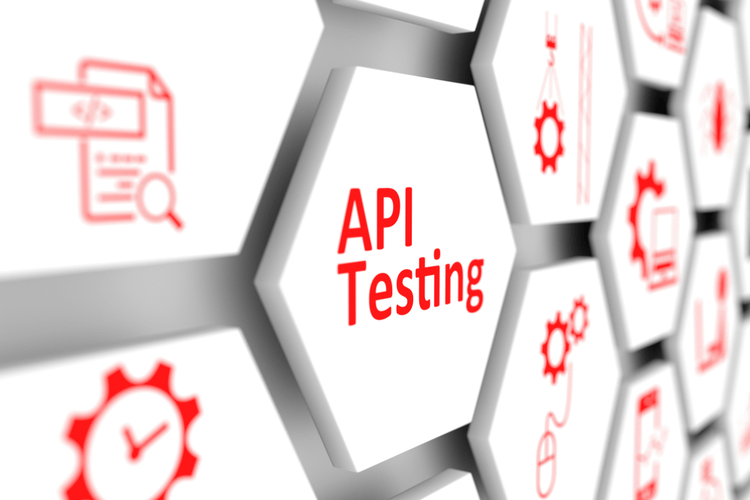As it has evolved, it has revolutionized production processes across different industries. It is used in process, discrete, and mixed-mode production to manage, track, and improve production. A manufacturing ERP integrates all your resource planning systems, giving you a 360-degree view of your resources, employees, contacts, processes and goals. As you connect your internal and external teams and processes, you gain visibility into where needs are not being met so you can resolve them before bottlenecks arise. This holistic view also reveals trends, downturns and challenges so you can employ quick resolutions or continuous improvements. Some features that are strong in a manufacturing ERP include warehouse management, manufacturing, inventory management, supply chain optimization and distributor modules.
The mobile app helps you stay connected to your workers through the team chat feature, and you can respond to real-time alerts when machines are out of order or require maintenance, even if you are not present on the site. Whether the software is deployed in the cloud or on-premise with local servers, employees can access ProShop through the web-browser on their desktop or mobile device. The manufacturing management software does not offer a mobile application to install. In this digital era, it’s important to keep yourself up to date with tools that help digitize manufacturing operations in order to improve labor productivity and supply chain agility.
How Much Does Manufacturing Management Software Cost?
This is useful for businesses operating in make-to-order and engineer-to-order manufacturing environments. The Manufacturing Execution System (MES) Software Market report can help to know the market and strategize for business expansion accordingly. Global Manufacturing Execution System (MES) Software Market Report 2023 provides exclusive statistics, data, information, trends and competitive landscape details during this niche sector. The Manufacturing Execution System (MES) Software market has witnessed a growth from USD million to USD million from 2017 to 2022. Cloud-based ERP software takes financial management a step further, providing you with access to your financial data from anywhere, at any time, as long as you have an internet connection.

With a straightforward implementation process devoid of programming, users can leverage the solution to make smart business decisions and drive change. Ramco ERP is a cloud-based enterprise resource planning solution that streamlines and optimizes business processes. It is scalable and can be customized https://www.globalcloudteam.com/ to meet the specific needs of a business. Manufacturing ERP software is a tool meant to prevent machine downtime and improve upon the quality and efficiency of the products being created by your business. Manufacturing systems can also keep records of in-progress work orders and finished products.
ERPNext
Inventory management is handled with useful features such as tracking and reorder points. NetSuite also empowers better production planning based on balancing supply and demand, procurement processing, and supply chain control. NetSuite caters to a wide variety of manufacturing businesses, from consumer goods to medical devices. MRP systems are used for tracking and organizing production materials and monitoring the flow of labor and equipment.

In addition, proper MRP systems support barcode scanning, which drastically reduces data entry time in the stockroom. To set up a manufacturing ERP, begin by assembling your project team and writing your project and change management plan. Next, determine your workflow needs and research providers with solutions to meet them. Finally, migrate your old manufacturing software solutions data to the new system, train your ERP users and roll out your system company-wide while leaning on your project and change management plans. Oracle NetSuite OneWorld’s unique capabilities help manufacturers run global businesses, locally and regionally. Such capabilities include the ability to gather real-time insights on dispersed business entities.
Put data and new analysis technologies to work.
Once the product is in the field, sensors in the panel use the IIoT to generate additional data, which ideally will feed back to a digital twin within the PLM software. Grow is a no-code, full-stack business intelligence (BI) software platform that “allows companies to more easily connect and warehouse data,” Hansen explains. “It’s an important capability that will quickly become crucial as IIoT-generated data streams from the factory floor increase in size, count and complexity. Without BI tools able to connect with MES, ERP and PLM systems and sort through the mountains of data within, manufacturers will face difficulty separating the wheat from the chaff.
- The report also presents the impact of regional conflict on this market in an effort to aid the readers to understand how the market has been adversely influenced and how its going to evolve in the years to come.
- By allowing team leads to train their own teams, function-specific trainees receive more pointed instructions on how the system can benefit them based on their roles.
- In addition, you can scale up your system’s performance to process more transactions as you and your partners need.
- There are hundreds of software solutions on the market, many of which address every step of operations from product inception to customer delivery.
- Most solutions cater to enterprise-level needs, but small business solutions are on a roll because of a smaller TCO, and they offer a finite list of features that most businesses can use.
You can also monitor inventory in multiple locations, allowing you to optimize stock levels and reduce waste across your entire supply chain. SMEs can apply for up to $200,000, which they must match on a dollar-for-dollar basis. Photon Automation, a 67-employee SME in Hancock County, Indiana, leveraged a $183,000 grant to employ a new laser welding technology for the manufacture of battery products. SME manufacturers often collect a lot of data from their operations, but most haven’t leveraged new artificial intelligence (AI), including machine learning (ML) tools, to gain fresh insights from the data.
How to Ace Your Team’s Holiday Work Schedule
Evaluate how your factory is scheduled at a glance, with interactive analytics that reveal insights about changeover time, resource utilization, and late orders. Effectively monitor manufacturing costs and variances by plant and determine the root causes for cost variances. Execute production based on make-to-stock, make- to- order, configure-to-order, engineer-to-order, or make-to-project. Effectively monitor batch manufacturing costs and variances by plant and determine the root causes for cost variances. Effectively monitor manufacturing costs and variances by plant and determine root causes for cost variances. Make sure to ask vendors about these options to understand which are most valuable to customers similar to you.

Discover how manufacturing executives are navigating market change by updating supplier networks and infrastructure to address risk, resiliency, and sustainability. Centralize ESG data, forecast emissions with built-in calculators, and generate reports that measure performance. In corporate offices and Zoom meetings across the globe, leadership teams are strategizing how to build employee trust. It’s easy to clock in and out from any device — through Hubstaff apps — ensuring time cards are accurate and simple for your whole team to use.
Hear from companies like yours
DELMIAworks (formerly IQMS) contains integrated processes such as supply chain, finances, CRM, capacity planning and employee activity boosts. Implement real-time intel to accommodate varying clientele needs and gain up-to-date operation snapshots. It’s available for the cloud and on-premise deployments for better flexibility across industries and business sizes. Cority’s IQS is a SaaS program that extends quality management and compliance to aid clients in cooperating with regulations and producing high-quality products.
Simplify complex tracking and tracing processes by using blockchain and IoT. Increase your revenue by using IoT applications to improve efficiency, increase supply chain visibility, and launch new business models. Manage order management, procurement, material, manufacturing, and service by a specific project.
The Power of Manufacturing ERP Software
SAP Business One offers a customizable solution for manufacturing operations. In its ERP, you can integrate financial management, sales and customer management, purchasing and inventory control, business intelligence, analytics and reporting and industry-specific capabilities. Industry-specific capabilities include those catered to the manufacturing industry to shorten cycle times, shrink costs, speed up time to profit and minimize inefficiencies. Manufacturing management software is one of the many examples of enterprise resource planning software, otherwise known as ERP. These digital solutions make typical manufacturing business operations more streamlined and automated. These include stock management, production planning, task management, budgeting, billing, and invoicing, to name a few.